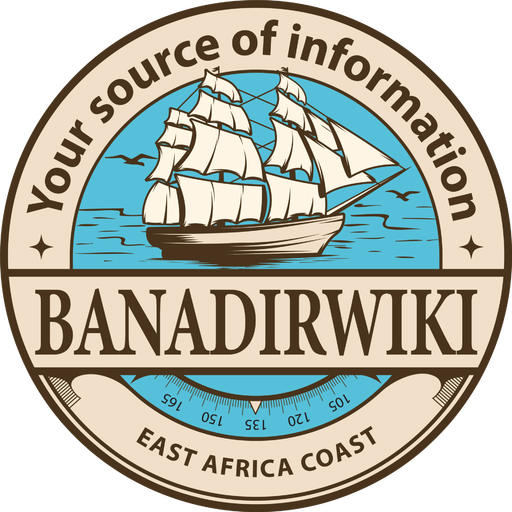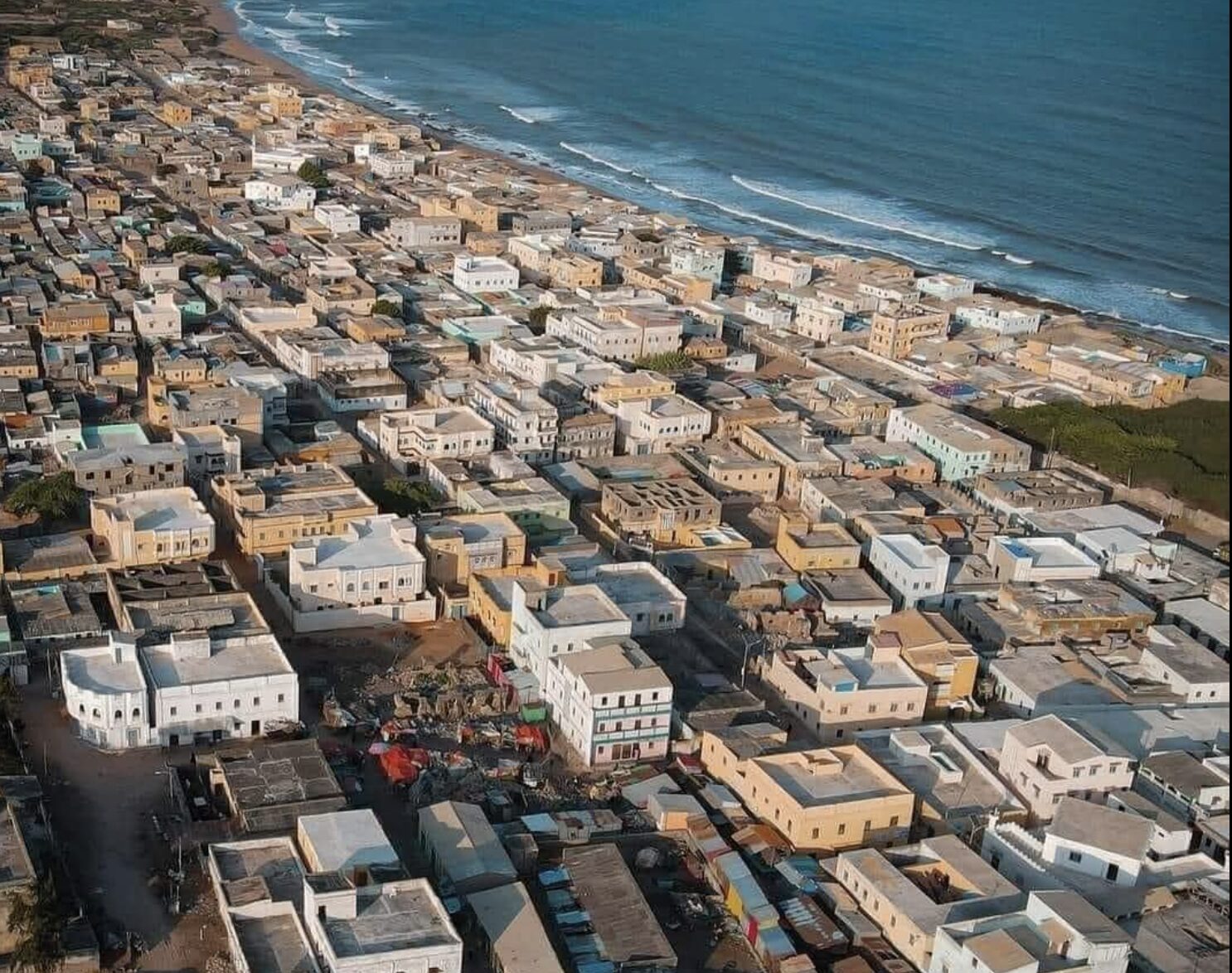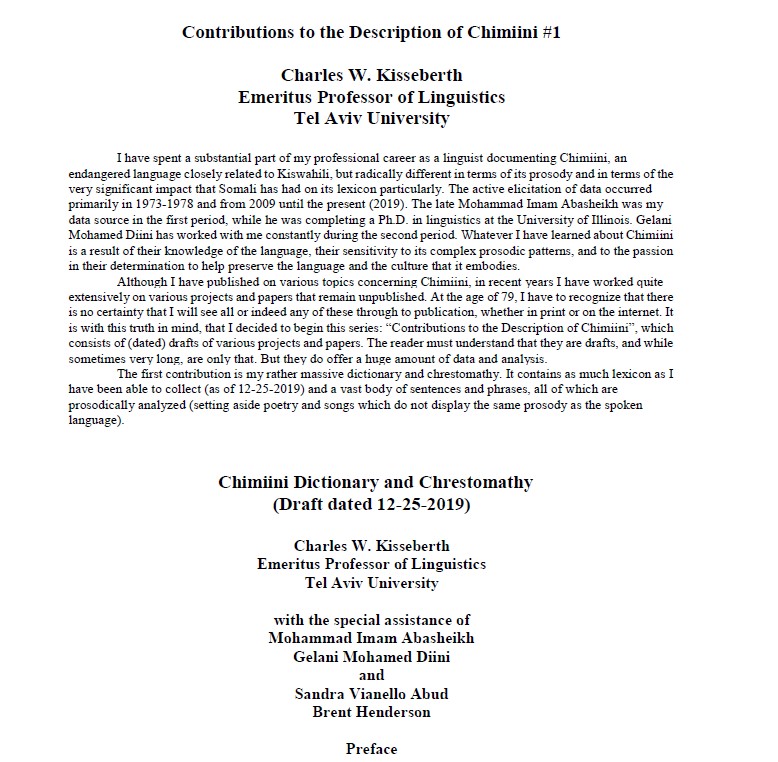The Portuguese arrival in the Indian Ocean in the 1490s paved way for a power struggle in who controlled the ocean, major changes into the monopolisation of the ocean was when they came into contact with the Banadir ports. Trade and strife would set a heavy dent on the interaction they had until their expulsion from the region. This article will seek to tell the story of the Portuguese from their own perspective and sources.

The Arrival of the Portuguese
During his voyage to India 1497-1499, the legendary Portuguese explorer and first Viceroy of Portuguese India, Vasco da Gama described his visit to Magadoxo (Mogadishu) by saying:
“We found ourselves off a large town, with houses of several stories, big palaces in its centre, and four towers around it. This town faced the sea, belonged to the Moors, and was called Magadoxo. When we were quite close to it we fired off many bombards and continued along the coast with a fair wind.”1
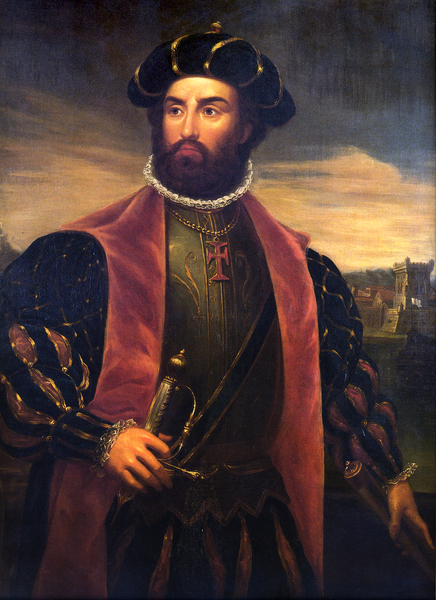
The Inhabitants of Banadir
Moors was a recurring name the Portuguese used to describe the inhabitants of the Swahili and Banadir coasts. From legendary historian Joao De Barros’ 2nd volume of Da Asia we learn the inhabitants of Mogadishu and wider coast are the descendants of ‘Emozaid’ Arabs who had come and mixed with the inhabitants and slowly penetrated the coast. Mogadishu is noted to be the most powerful city of the Moors and reigns ‘sovereign’ over them. Brava or Barawa is deemed a republic and the coast is referred to as the Coast of ‘Ajan’.2
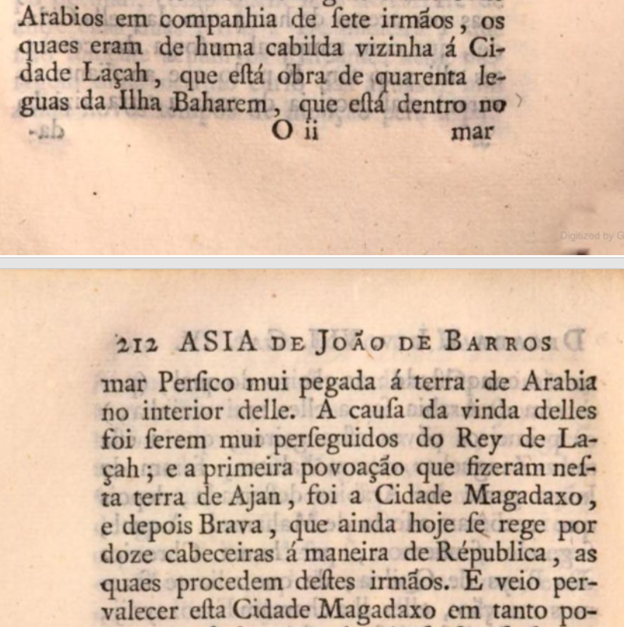
A later secondary source from the Portuguese Nyassa Company in 1905 goes into deeper detail and states that the first wave of Emozaid migration started in 739 and it would be only until the 2nd wave in 930 with Arabs fleeing Persian religious persecution would Mogadishu, Barawa and Malindi be founded eventually forming a sultanate in Mogadishu.3
Conflicts & Battle of Barawa
The Portuguese had already secured the goodwill of some of the Swahili ports notably Malindi. The 7th Indian Armada under Almedia who would sack and plunder both Kilwa and Mombasa in 1505.4
Continued Portuguese pressure on the coast led to the Battle of Barawa in 1507 where the inhabitants of Barawa faced Alfonso De Albuquerque and Tristao da Cunha, two of the most able and prominent commanders in the Portuguese navy. Initially receiving the Portuguese delegation the elders were asked to surrender and submit tribute in the name of King Manuel I. Tristao realized the elders knew the season was late and winds due to become unfavourable for the Portuguese. He decided to strike with 600 under his command and 900 under Alfonso with 1,500 total against Barawa’s 4,000. 2,000 of Barawa’s defenders immediately sallied out to fight the Portuguese and fierce fighting commenced before they eventually retreated and into the walls. The city was walled and well armed and defended by roughly 4,000 total who assailed the Portuguese with missile weapons as they tried to scale the walls. Alfonso de Albuquerque would find a weak point in the defenses and lead his contingent there eventually breaching and capturing the city. After looting and capture of some prisoners most of the inhabitants would escape unharmed. 68 Portuguese attackers were lost in the assault with some dying in the return to their ships.5 Barawa was burnt and for a short time would pay tribute to the Portuguese and rebuild.6
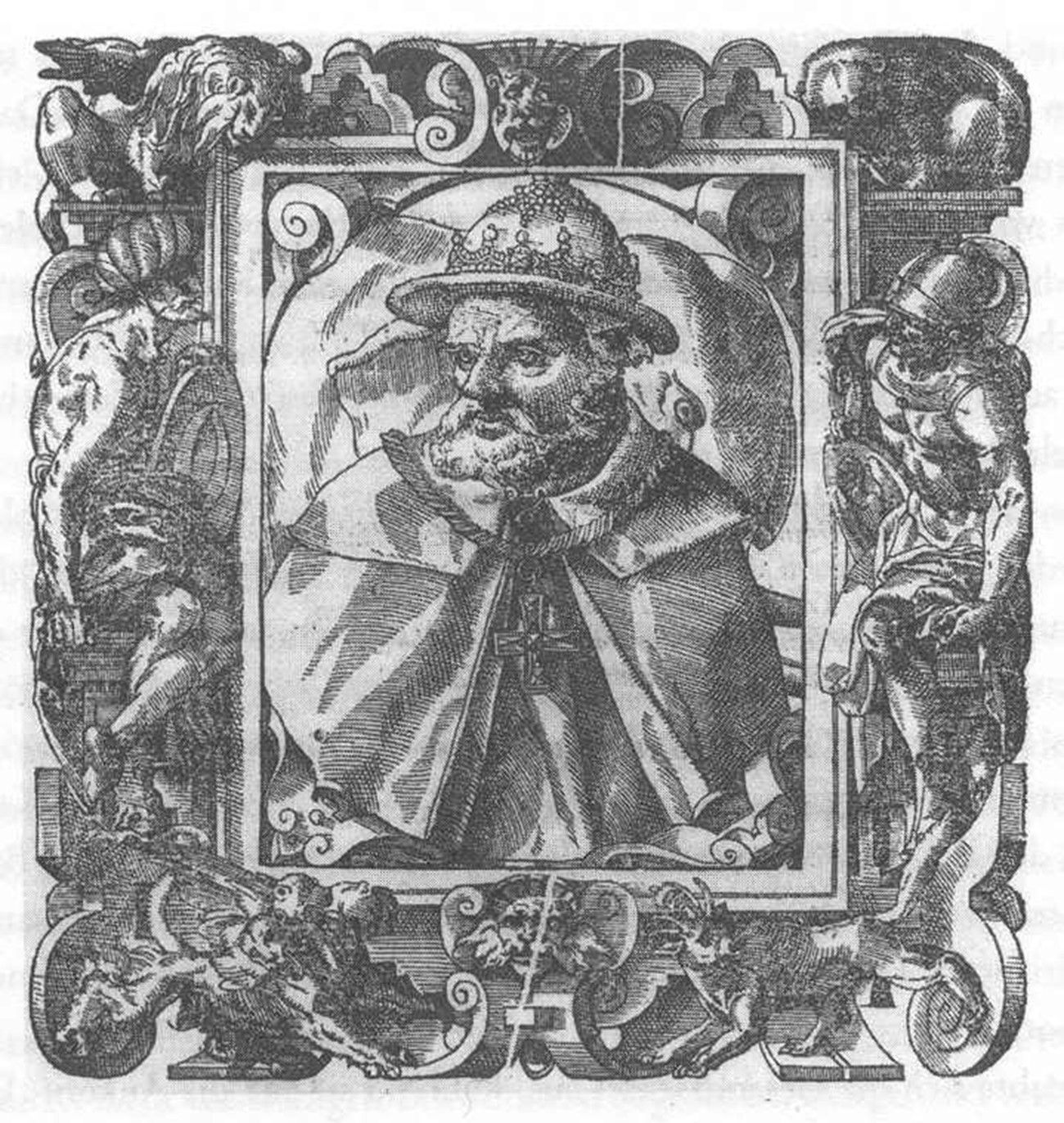
Following this victory Tristao would sail to Mogadishu and sent a delegation with a resident from Barawa who witnessed the prior sack to intimidate the inhabitants. He Portuguese delegate was cut to pieces while the Portuguese witnessed from their ships. Mogadishu was much better armed and had a stronger harbour, many ‘cuirassiers and foot’, and men lined along the walls. Cunha upon hearing the fate of their delegate opted for an all out assault but his officers protested and noted the great defenses and naturally strong position the city was in. With winter approaching Cunha acquiesced and the fleet would make for Socotra.7
Later Conflicts
As Ottoman and Portuguese competition would flare up following their arrival in the Indian Ocean after the conquest of the Mamluk sultanate in 1517. The Banadir and Swahili state cities took this as an opportunity to capitalise. Joao de Sepulveda would descend on the Mogadishu in early 1542 after cooperation between the inhabitants and the Turks. He surprised the city in the morning but was ultimately restricted to shelling the city and succeeded in taking the one Ottoman ship docked there in 1542. Also cooperating with the Turks were the inhabitants of Barawa who would kill two Portuguese and hand several more to the Ottomans. Sepulveda left Mogadishu for Barawa and would capture two Ottoman ships and unlike in Mogadishu would manage to raid the city itself and collect tribute after his victory. Departing he’d return and make peace with the Sultan of Mogadishu as the season drew to a close.8

Fast forward to the 1580s the Ottoman corsair Mir Ali Bey had organized resistance to the Portuguese along the coast and stirred the cities to join him. He sailed into Mogadishu in 1585 and the city gave him a hero’s welcome. Bolstered by twenty armed pangaio provided by the city’s merchants he would depart with this contingent and received a warm welcome and support in Barawa and other ports. They surprised the Portuguese commander Ruy Lopes Salgado in charge of managing their holdings in the Swahili coast seizing his warship without loss at Lamu. Following this first successful expedition and with significant profit. Mir Ali would return to Mocha in the Red Sea to winter.9 The Portuguese response was to seek out Mir Ali and sack Faza and tax Mombasa for the disloyalty.10 A second renewed effort was undertaken and culminated in a Battle for Mombasa where the Portuguese aided by a migrating Bantu tribe had attacked Mir Ali and the inhabitants of the city capturing him. This ended Ottoman naval presence in the region for 300 years until Khedive Ismail Pasha would gain the allegiance of several coast towns including Barawa for a short period at the expense of Zanzibar in 1875.11
Expulsion of the Portuguese and Rise of the Omanis
The Portuguese would go on to recapture their holdings in the Swahili coast prior to Mir Ali’s expeditions. The status quo of their control over the Swahili coast and largely independent Banadir coast would remain until their eventual expulsion by the Omanis who formed an Empire and Sultanate of Zanzibar that replaced the Portuguese as the main force in the region. The demise of the Ottomans in the Indian ocean bought the emergence of the Omani Sultante, and they too gave the Portuguese a blow in securing the Ocean. The critical 1698 capture and sieze of Fort Jesus in Mombasa by the Omanis Sultanate spelled the end of Portuguese rule. The Omani sultanate would lay its rule in the Indian ocean by making Zanzibar it’s capital, it governed most Swahili city states and contributed largely in maintaining peace within the Indian Ocean. Trade began to resume and the Swahili trade began to proper as it use to without the interference of Portuguese aggression.
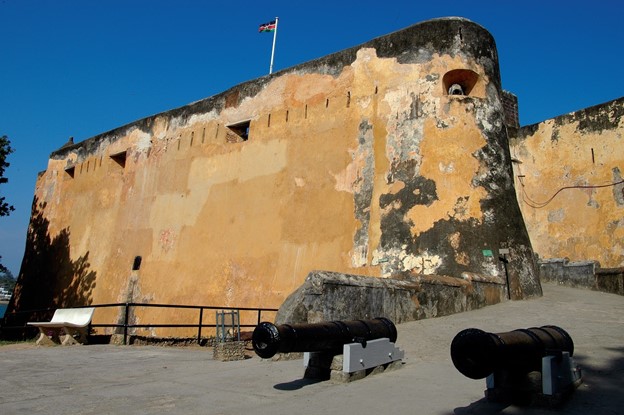
References
1 A Journal of the First Voyage of Vasco da Gama 1497-1499 pg 88
2 Da Asia de João de Barros e de Diogo de Couto, Volume 2 pg 210-212
3 Companhia de Nyassa: relatorias e memorias sobre os territorios pelo governadorpg 20-23
4 The Lusiad of Camoens Translated Into English Spencerian Verse pg 470
5 The history of the Portuguese, during the reign of Emmanuel : containing all their discoveries, from the coast of Africk to the farthest parts of China; their battles by sea and land, their sieges, and other memorable exploits, pg 285-287 https://archive.org/stream/historyofportugu01os#page/285/mode/2up
6 Frances Xavier; His Life, His Times, Volume II pg 54
7 The history of the Portuguese, during the reign of Emmanuel page 287
8 Frances Xavier; His Life, His Times, Volume II pg 61 & 98
9 The Ottoman Age of Exploration pg 165
10 The Portuguese and Turks in the Persian Gulf pg 47
11 Kirk and the Egptyian Invasion of East Africa in 1875:A Reassessment pg 1 https://www.jstor.org/stable/180343?seq=1
